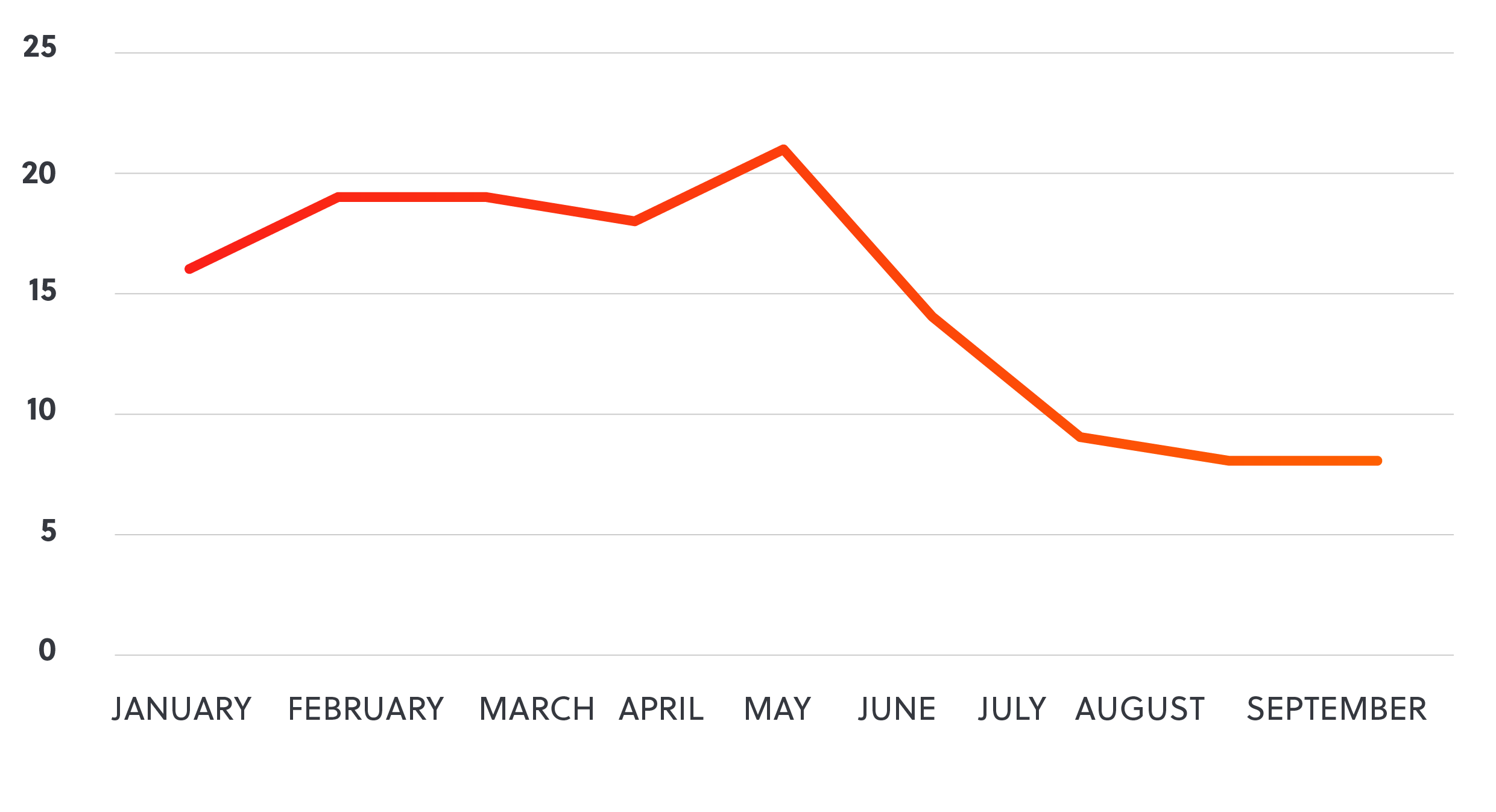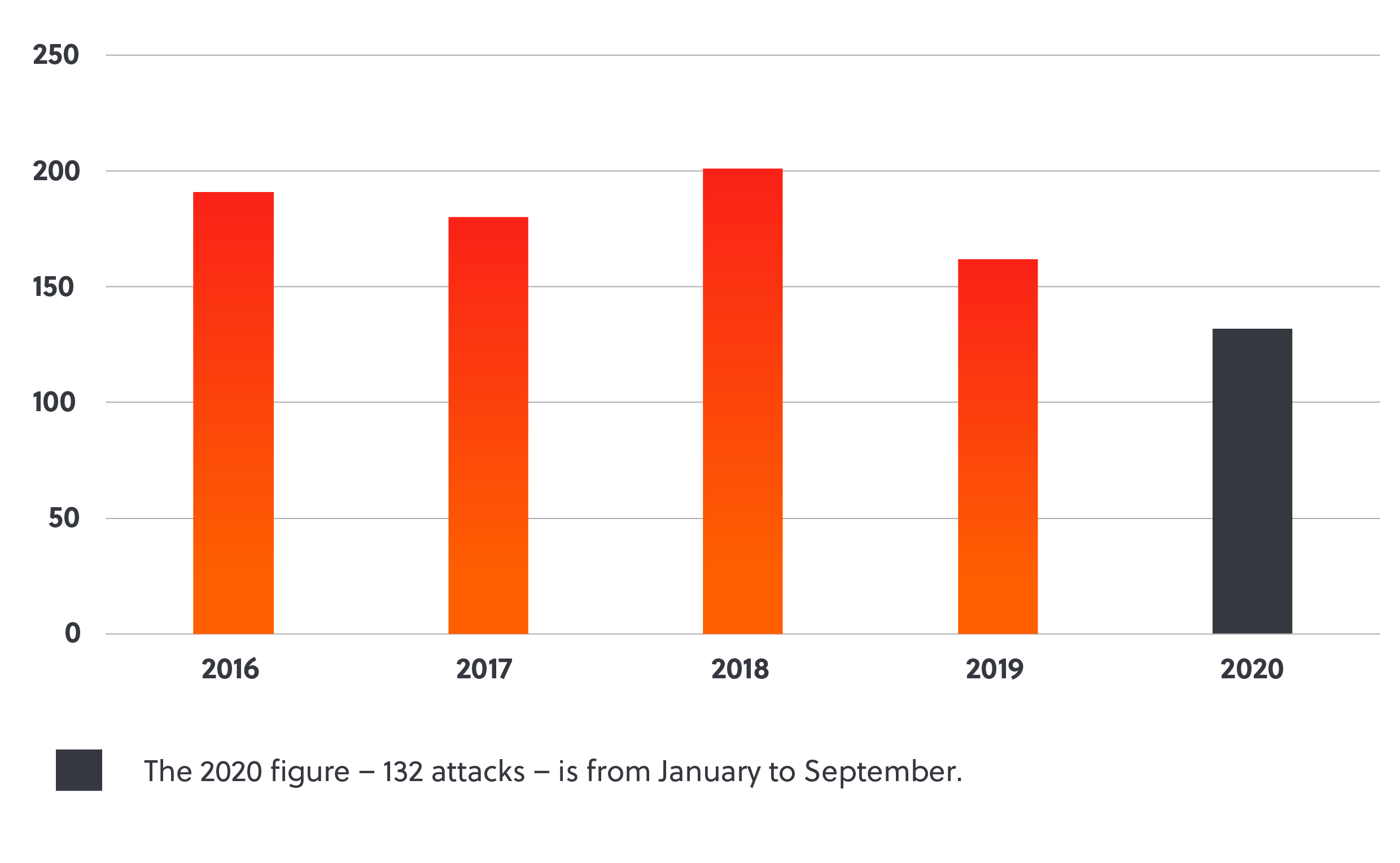The pandemic has not only resulted in operational and financial challenges for the shipping industry but has also contributed to an increase in maritime attacks, writes Saif Islam.
Piracy is on the rise. The first nine months of 2020 saw a 10 percent increase in piracy and other maritime crime incidents compared to the same period last year, including known hotspots in West Africa and Southeast Asia. The number of reported incidents is not nearly as high as the peak of Somali piracy between 2009 and 2012. Nevertheless, the growing threat has alarmed national governments and shipping companies alike, especially after a 25-year low in piracy and armed robbery attacks globally in 2019. The Covid-19 pandemic is the primary contributor to the rise in incidents this year. The pandemic has indirectly emboldened or encouraged pirates in three key ways:
1 Socio-economic factors:
Research has previously demonstrated the link between the lack of onshore economic opportunities and piracy. The pandemic has had a devastating impact on economies around the world, increasing poverty and unemployment and pushing more individuals towards criminal activities. Amid plummeting global trade, shipping companies have reportedly cut down on crews and armed guards to save costs, which make vessels more vulnerable to maritime crime and exacerbating the threat to crews.
2 Public health restrictions:
The pandemic and related travel restrictions and border closures have forced vessels and crews to be stranded at sea and in ports for months. This lack of mobility has made vessels more vulnerable to maritime attacks. Restrictions were most strict between February and May before they started easing from June onwards; most attacks also occurred between February and May (see graph below).
frequency of maritime attacks between january and september 2020

3 National security measures:
The pandemic has compelled states to direct the bulk of their public safety efforts to combat the outbreak. There have been increased onshore security deployments to enforce lockdowns and other restrictions, in order to ensure that citizens abide by public health and safety regulations. This has shifted some of the attention from the threats at sea, creating opportunities for pirates.
Piracy and Armed Robbery Incidents Globally, 2016-2020

“The pandemic has had a devastating impact on economies around the world, increasing poverty and unemployment and pushing more individuals towards criminal activities.”
Key Trends (January – September 2020)
- The waters in Southeast Asia and West Africa remain by far the most perilous, followed by the Americas.
- Most attacks occurred in Indonesia (23), Nigeria (17) and Singapore Straits (15).
- Approximately 55 percent incidents occurred when vessels were anchored, and almost 40 percent when they were underway. Attacks on vessels at berth are rare.
- Like last year, bulk carriers, product tankers and container vessels remain the most commonly targeted vessels.
- 85 people have been kidnapped, the highest number in four years. 80 people were kidnapped in the Gulf of Guinea and five in Malaysian waters.
- In the Gulf of Mexico, perpetrators are increasingly targeting manned vessels and accommodation rigs, as opposed to unmanned platforms which were their preferred targets in 2019.
- Guns and knives have been the most used weapons. However, they were mainly used to threaten and not harm the crew.
Outlook for 2021There is little indication that the number of attacks will increase substantially in 2021, as governments become more aware of the problem and start taking action. However, the threat will remain elevated as economies struggle to return to pre-Covid-19 levels and related socio-economic grievances persist. The majority of attacks will likely continue to occur in West Africa and Southeast Asia, although the number of incidents could increase in Latin America, particularly off the coast of Mexico, due to similar socio-economic woes. |




 Email Saif
Email Saif





 @SRMInform
@SRMInform
 S-RM
S-RM
 hello@s-rminform.com
hello@s-rminform.com

